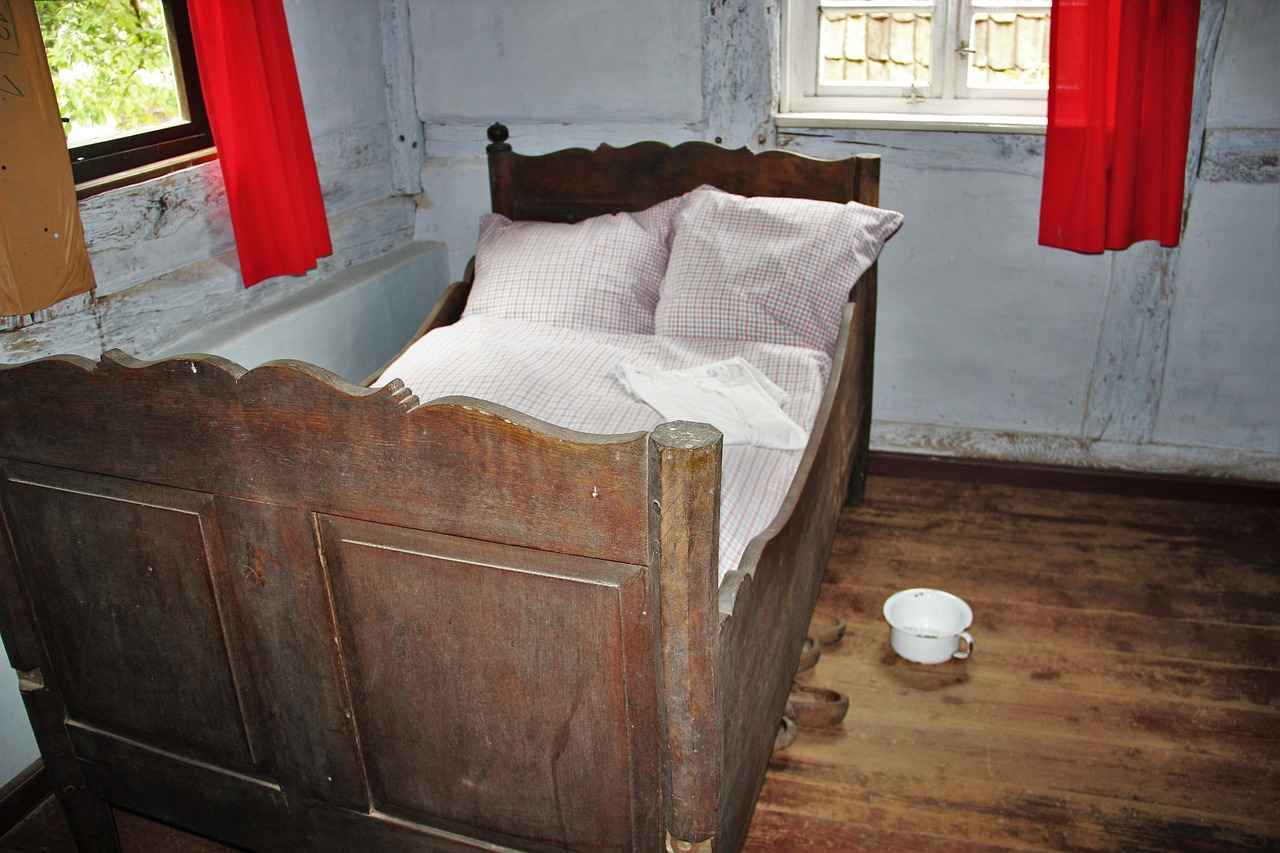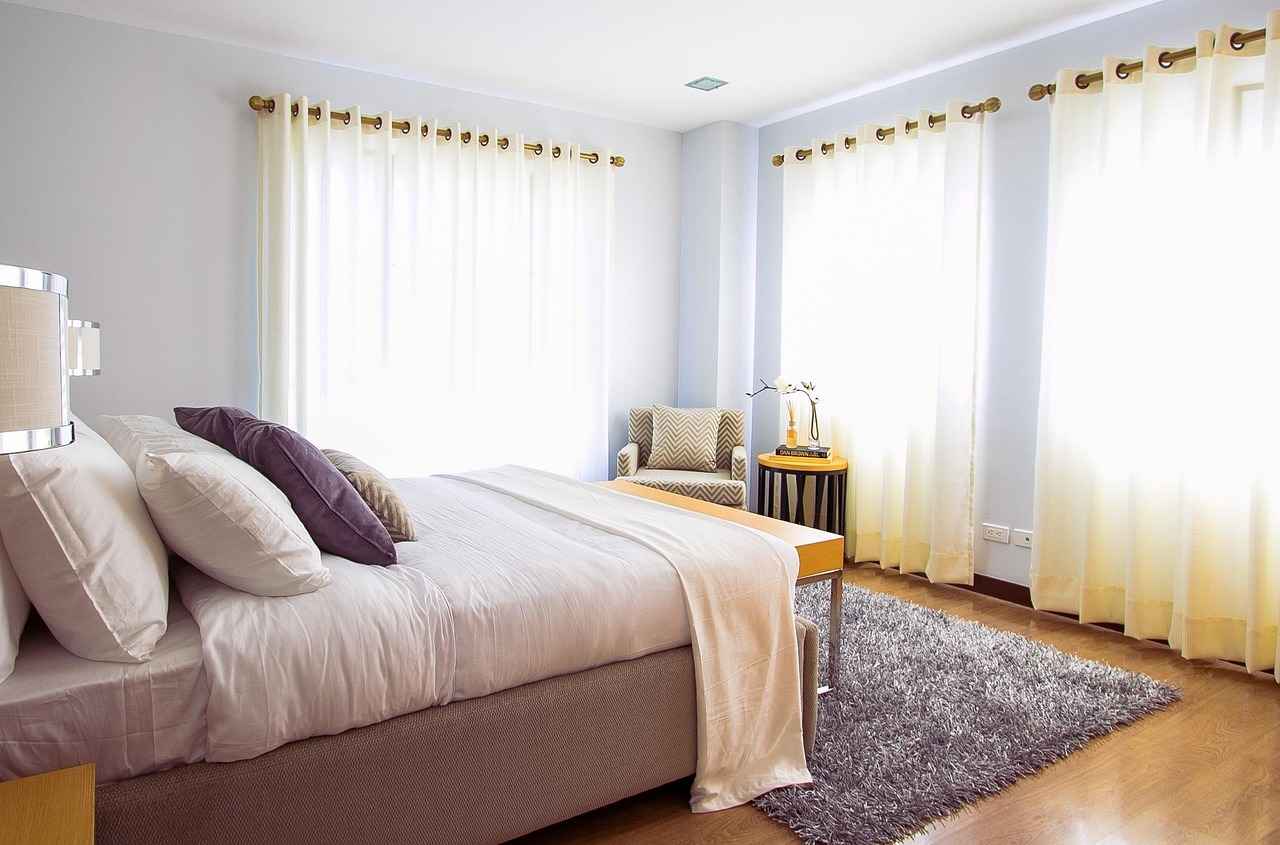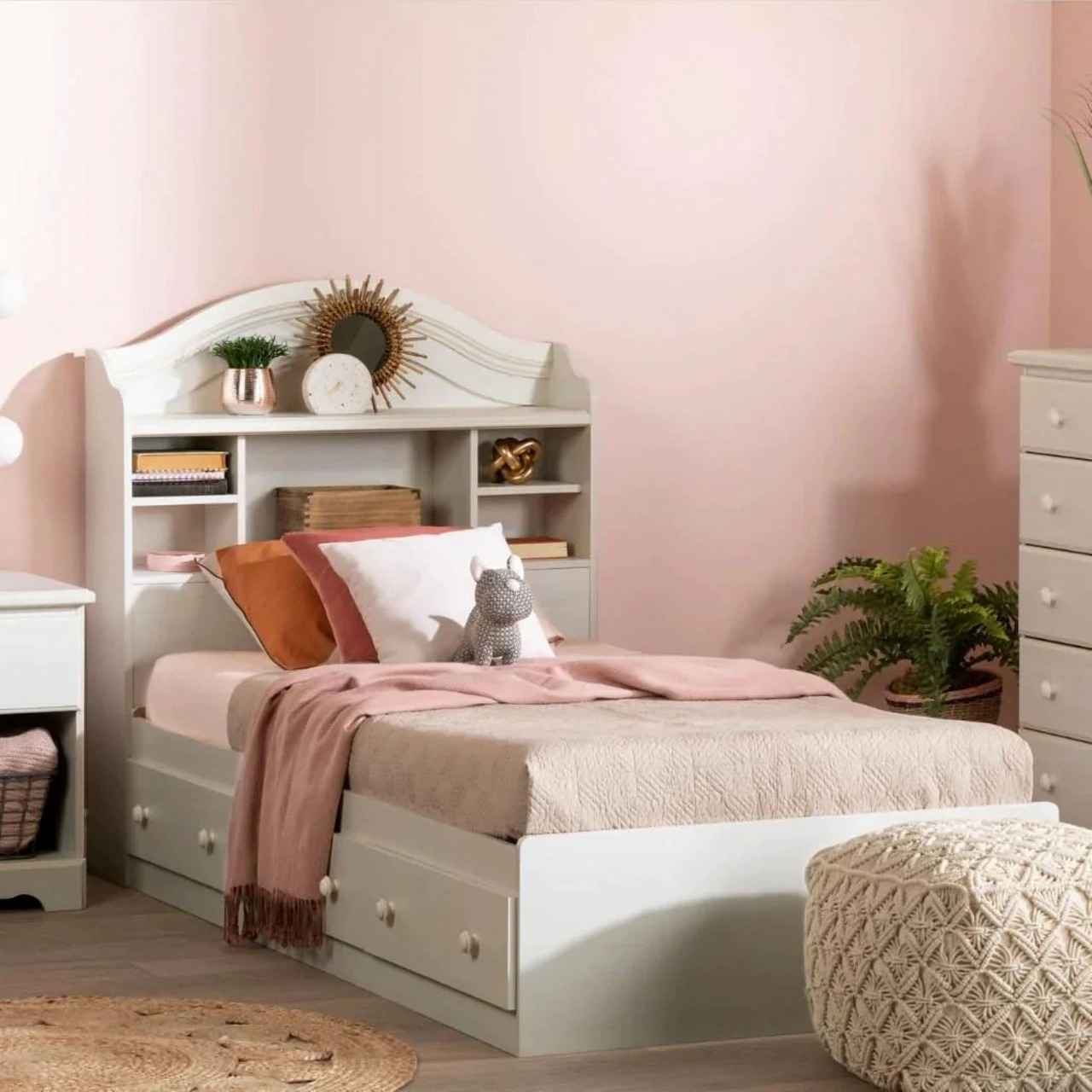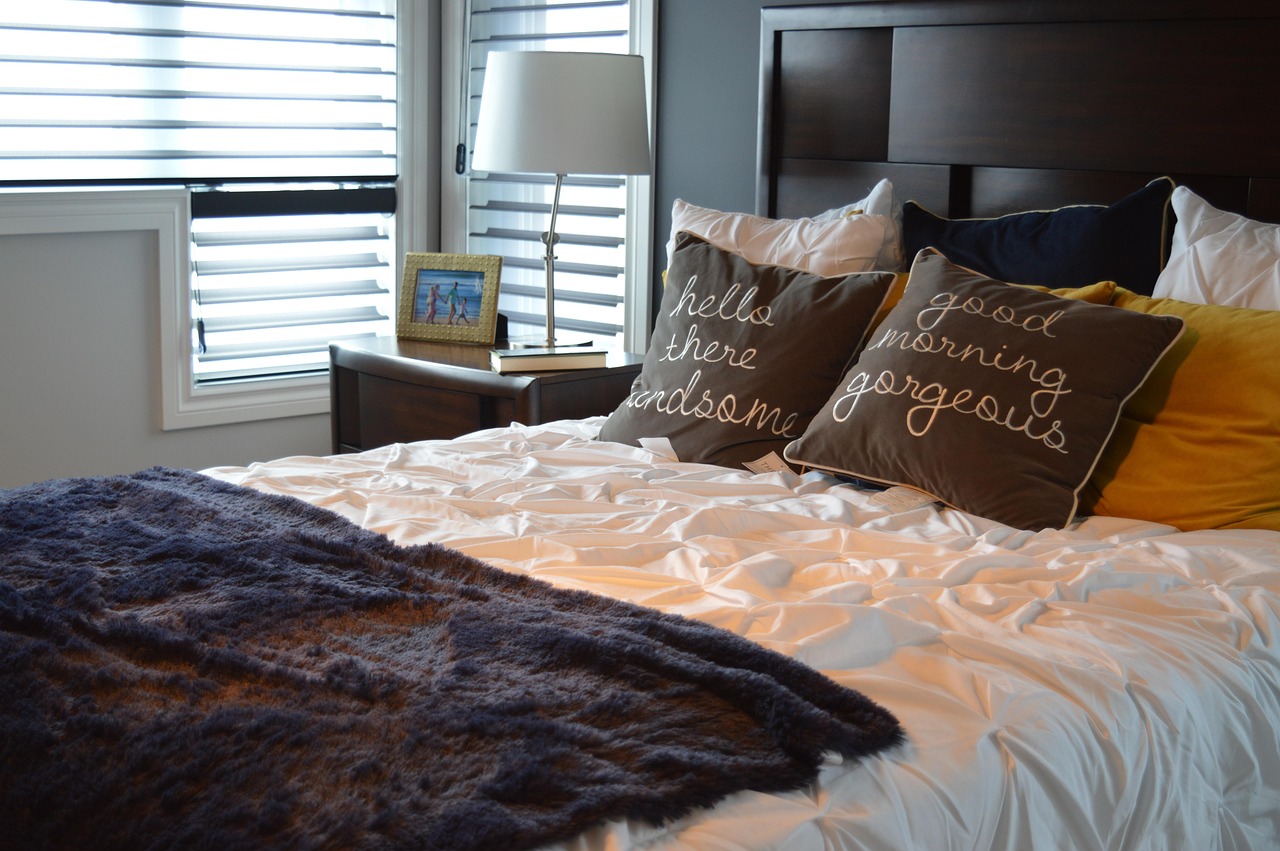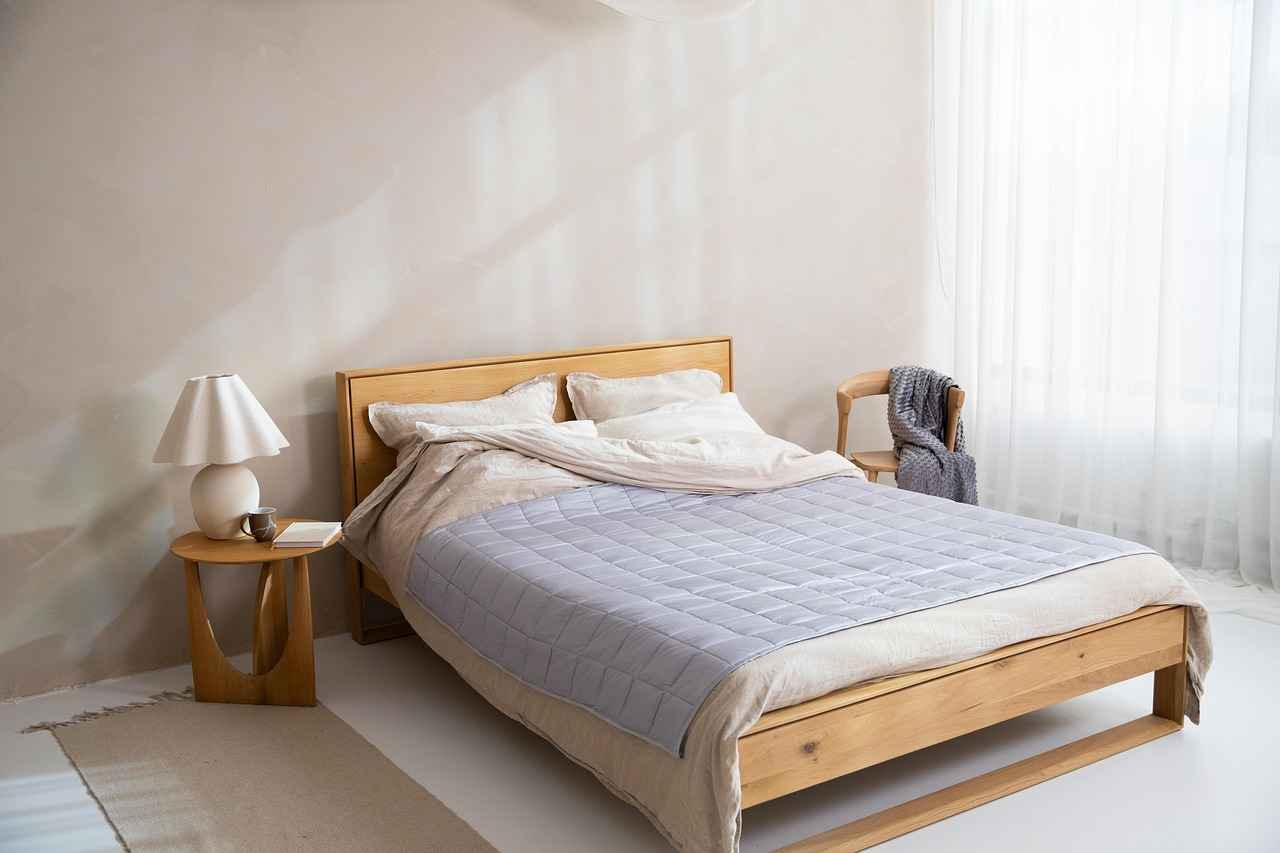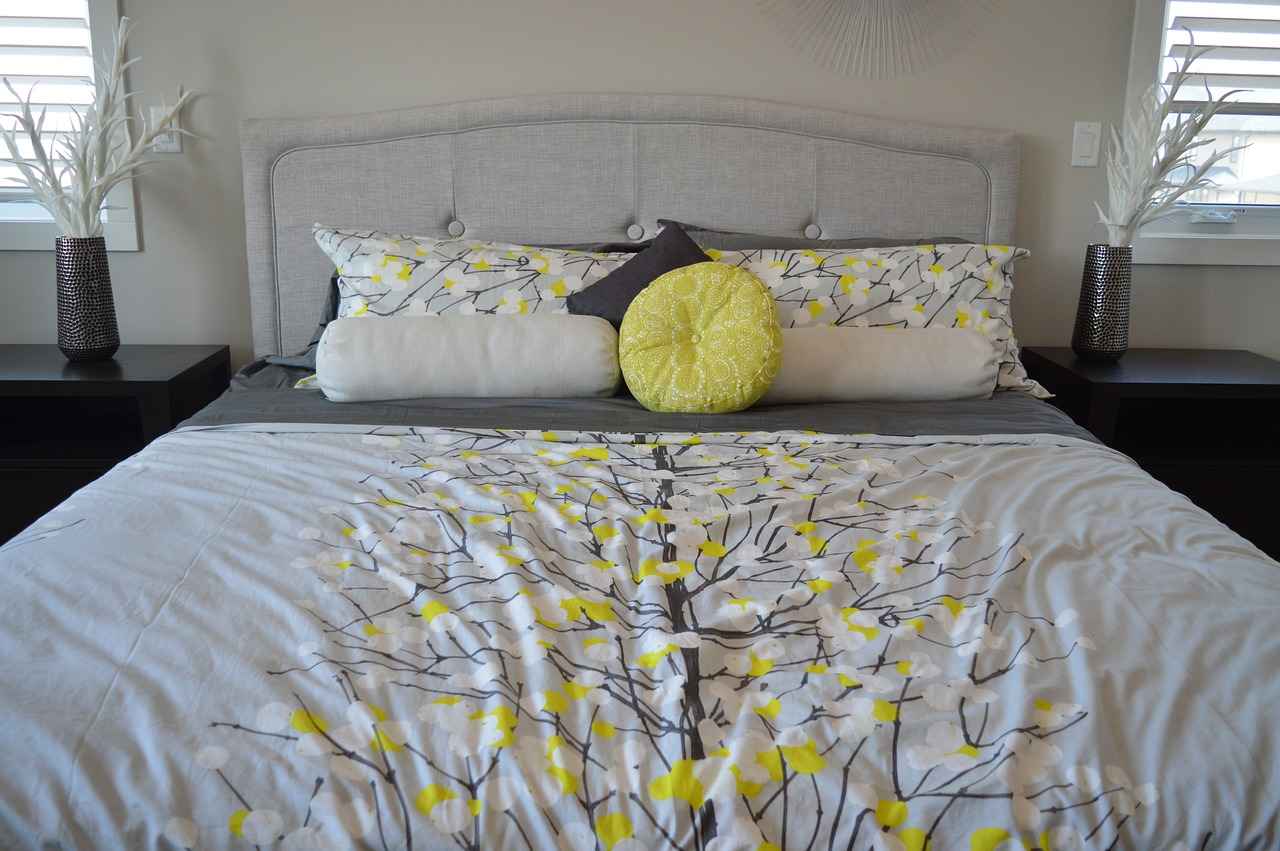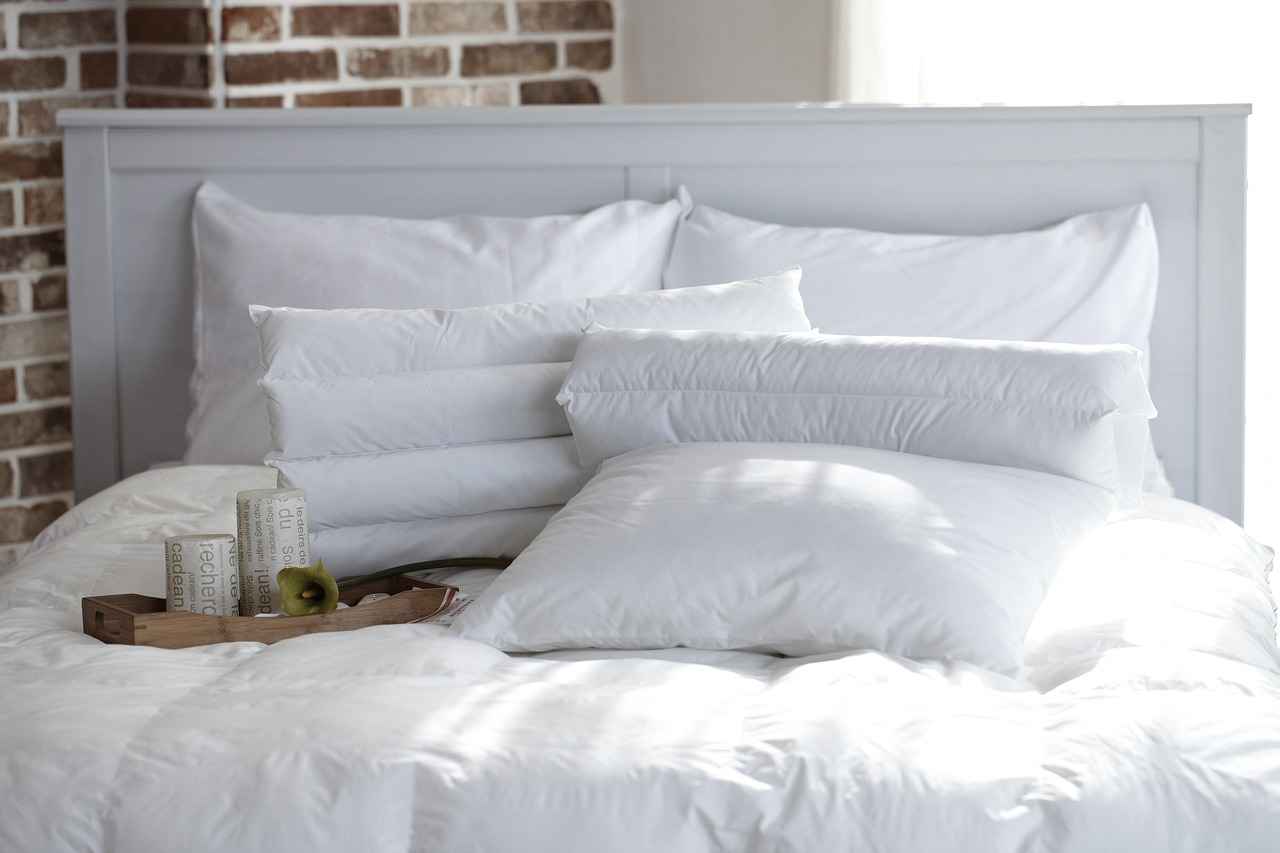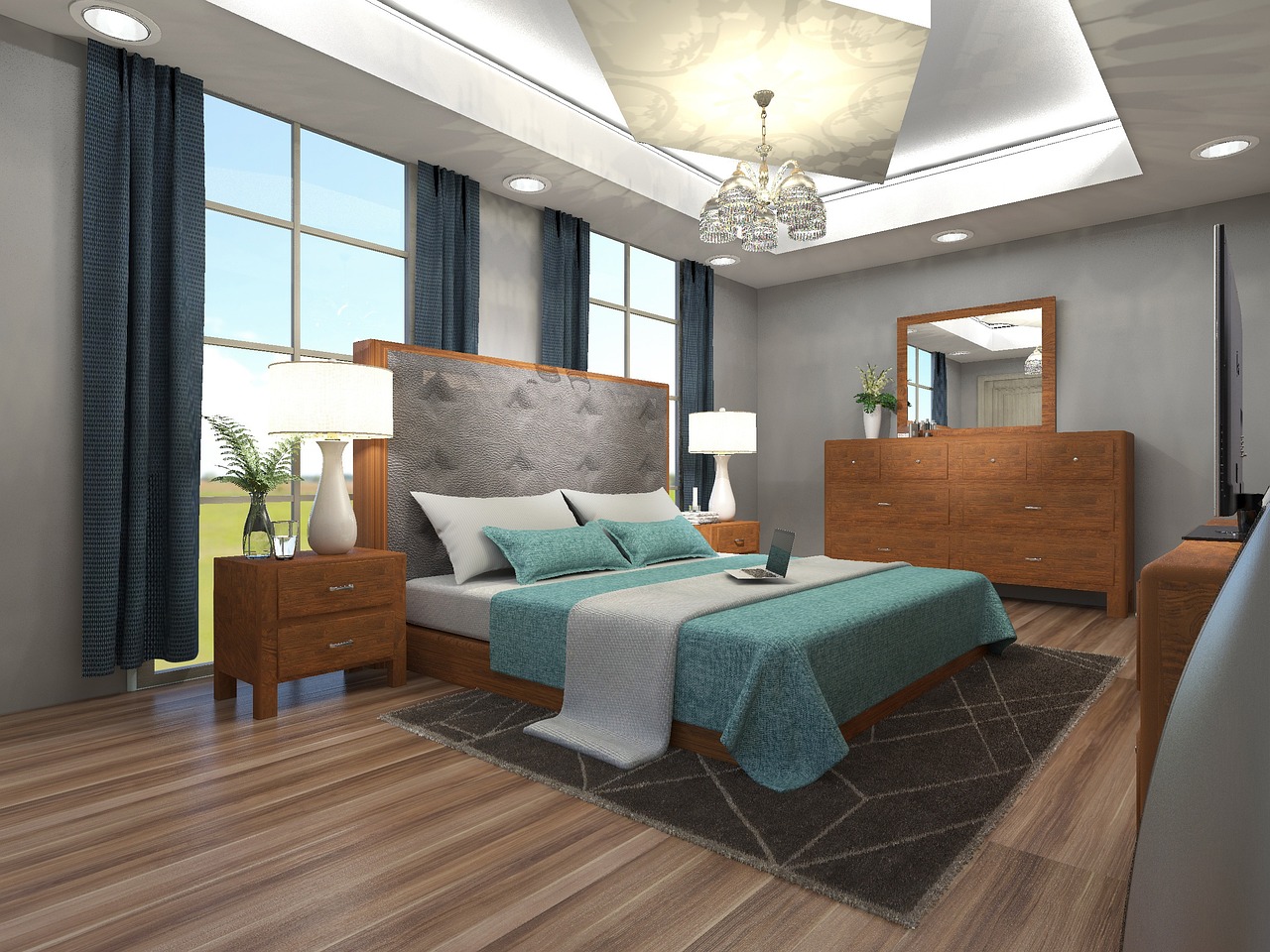This article delves into innovative wooden bed designs that seamlessly blend style and functionality. We will focus on storage solutions that not only maximize space but also enhance the aesthetic appeal of your bedroom.
Why Choose Wooden Beds?
Wooden beds are known for their durability and timeless appeal. They complement various interior styles, from rustic to modern, and provide a sturdy foundation for a good night’s sleep. The natural warmth of wood adds an inviting touch to your bedroom, making it a sanctuary for relaxation.
Types of Wooden Bed Designs
There are numerous wooden bed designs available today, each serving a unique purpose and catering to different aesthetic preferences.
- Platform Beds: These low-profile designs offer a modern look and eliminate the need for a box spring, making them ideal for contemporary spaces.
- Canopy Beds: With wooden frames draped in fabric, canopy beds exude elegance and create an intimate atmosphere, perfect for a cozy retreat.
Incorporating Storage in Wooden Beds
Storage beds are particularly beneficial in smaller bedrooms. They incorporate various designs featuring drawers, shelves, or under-bed storage options to keep your space organized and clutter-free.
- Under-Bed Drawers: These drawers are practical for storing linens, shoes, or seasonal clothing, utilizing otherwise wasted space effectively.
- Headboard Storage Solutions: Headboards with built-in compartments provide additional storage for books and decorative items, enhancing both functionality and style.
Choosing the Right Wood for Your Bed
The type of wood used in bed construction significantly impacts durability, aesthetics, and cost. Popular choices include:
- Oak: Known for its strength and beautiful grain.
- Pine: A more affordable option that is lightweight and easy to work with.
- Walnut: Offers a rich color and is prized for its elegant appearance.
Solid Wood vs. Engineered Wood
Solid wood beds are celebrated for their durability and natural beauty, while engineered wood can be more cost-effective and environmentally friendly. Understanding these differences helps in making an informed decision.
Maintaining Your Wooden Bed
Proper maintenance is crucial to ensure your wooden bed remains in excellent condition. Regular cleaning and occasional polishing can prevent wear and tear while enhancing its appearance.
- Cleaning Tips: Use a soft cloth and mild cleaning solution to maintain the bed’s finish without damaging the wood.
- Polishing Techniques: Applying furniture polish periodically protects the wood and enhances its natural luster.
Custom Wooden Bed Designs
Custom designs allow homeowners to create beds tailored to their specific needs and preferences. Collaborating with a skilled carpenter can yield unique and functional results.
- Working with a Carpenter: A professional can help bring your vision to life, ensuring that the design meets both aesthetic and functional requirements.
- DIY Wooden Bed Projects: For the crafty homeowner, DIY projects can be rewarding. With the right tools and materials, you can create a beautiful bed that reflects your personal style.
In conclusion, wooden beds not only provide a reliable sleeping solution but also enhance the overall decor of your bedroom. By considering various designs and incorporating smart storage solutions, you can create a space that is both functional and visually appealing.

Why Choose Wooden Beds?
Wooden beds have long been celebrated for their durability and aesthetic charm, making them a popular choice for many homeowners. Their timeless appeal ensures they fit seamlessly into a variety of interior design styles, from rustic to modern. Beyond their visual appeal, wooden beds provide a sturdy foundation that is essential for a restful night’s sleep, contributing to overall well-being.
One of the most compelling reasons to choose wooden beds is their versatility. They can be crafted in numerous designs, colors, and finishes, allowing for personalization that reflects individual tastes. Whether you prefer the natural look of unfinished wood or a sleek, polished finish, there’s a wooden bed to match your vision. This adaptability makes them not just a piece of furniture, but a key component of your bedroom’s overall aesthetic.
Moreover, wooden beds are known for their long-lasting durability. Unlike beds made from other materials, such as metal or particleboard, solid wood can withstand years of use without losing its structural integrity. This not only makes wooden beds a cost-effective choice in the long run, but it also means they can be passed down through generations, becoming a cherished family heirloom.
In addition to their durability, wooden beds add a sense of warmth and coziness to a bedroom. The natural grains and textures of wood create an inviting atmosphere, making the space feel more welcoming. This is particularly important in a bedroom, where comfort and relaxation are paramount.
Furthermore, wooden beds can enhance the overall value of your home. High-quality wooden furniture is often viewed as a premium choice, and having solid wood beds can elevate the perception of your home’s interior. This can be particularly beneficial if you ever decide to sell your property, as potential buyers may be drawn to the quality and craftsmanship of wooden furniture.
Another significant advantage of wooden beds is their eco-friendliness. Many manufacturers now use sustainable wood sources, making wooden beds a more environmentally responsible choice compared to synthetic materials. By choosing a wooden bed, you are not only investing in quality furniture but also supporting sustainable practices that benefit the planet.
Finally, wooden beds can be easily customized to meet specific needs. Whether you require built-in storage solutions or a unique design to fit a specific space, skilled craftsmen can create a bed that fulfills your requirements. This level of personalization ensures that your bed is not only functional but also a true reflection of your personal style.
In summary, wooden beds offer a multitude of benefits that make them an excellent choice for any bedroom. Their durability, versatility, and aesthetic appeal, combined with their eco-friendliness and potential for customization, make them a standout option in the realm of bedroom furniture. Investing in a wooden bed is not just a purchase; it’s a commitment to quality, style, and sustainability.

Types of Wooden Bed Designs
When it comes to bedroom design, the bed often serves as the focal point. Wooden bed designs have gained popularity due to their durability, aesthetic appeal, and versatility. As homeowners seek to create spaces that reflect their personal style, various wooden bed designs have emerged, each catering to different tastes and needs.
There are various types of wooden bed designs available today. From minimalist frames to elaborate canopies, each design serves a unique purpose and fits different aesthetic preferences. Below are some popular styles:
- Minimalist Beds: These beds focus on simplicity and clean lines, often featuring a low-profile design that enhances the sense of space in a room. Minimalist wooden beds are perfect for modern or Scandinavian-inspired interiors.
- Canopy Beds: Canopy beds add a touch of elegance and drama to a bedroom. With their tall posts and the option to drape fabric, they create a cozy and intimate atmosphere. This design is ideal for those who appreciate a romantic or vintage aesthetic.
- Platform Beds: Known for their modern appeal, platform beds come with a sturdy base that eliminates the need for a box spring. They are often closer to the ground, making them an excellent choice for contemporary bedrooms.
- Storage Beds: Combining functionality with style, storage beds incorporate drawers or shelves within the frame. This design is perfect for maximizing space in smaller rooms, allowing for a clutter-free environment.
- Loft Beds: Ideal for maximizing vertical space, loft beds elevate the mattress, allowing for a workspace or additional storage underneath. This design is popular in children’s rooms or studio apartments.
- Adjustable Beds: Featuring a flexible design, adjustable beds allow users to modify the head and foot positions. This is particularly beneficial for those with specific health needs or preferences for reading or watching television in bed.
Each of these designs offers unique benefits and can be customized to fit specific room dimensions or personal tastes. Whether you prefer the sleek lines of a minimalist bed or the grandeur of a canopy design, wooden beds can enhance the overall aesthetic of your bedroom.
In addition to their visual appeal, wooden beds provide a sturdy foundation for a good night’s sleep. The natural properties of wood contribute to a warm and inviting atmosphere, making it a popular choice among homeowners. Choosing the right design can transform your bedroom into a sanctuary, reflecting your style while meeting practical needs.
When selecting a wooden bed, consider not only the design but also the type of wood used. Different woods offer varying levels of durability, grain patterns, and finishes, allowing for a personalized touch that aligns with your decor. Options like oak, maple, and walnut each bring their unique charm to the design.
Ultimately, the right wooden bed design can create a harmonious balance between style and functionality, enhancing your bedroom experience.
Platform Beds
have gained immense popularity in modern interior design, thanks to their minimalist aesthetic and practical features. These low-profile designs not only enhance the visual appeal of a bedroom but also offer a range of benefits that make them a smart choice for contemporary living spaces.
One of the most significant advantages of platform beds is that they provide a sturdy foundation for your mattress without the need for a box spring. This eliminates the extra height that traditional beds often have, resulting in a sleek and streamlined look. Additionally, the absence of a box spring can lead to cost savings and reduced maintenance, as platform beds are generally easier to clean and maintain.
| Benefits of Platform Beds | Details |
|---|---|
| Modern Design | Platform beds typically feature clean lines and a low profile, making them a perfect fit for contemporary decor. |
| Space Efficiency | Many platform beds come with built-in storage options, maximizing space in smaller bedrooms. |
| Support | These beds provide excellent support for various mattress types, including memory foam and latex. |
| Versatility | They can easily blend with different styles, from industrial to Scandinavian. |
Moreover, platform beds are often designed with storage solutions in mind. Many models feature drawers or compartments underneath the mattress, allowing homeowners to keep their bedrooms organized and clutter-free. This is especially beneficial for those living in apartments or smaller homes where space is at a premium.
When selecting a platform bed, consider the materials used in its construction. Solid wood options, such as oak or walnut, offer durability and a classic look, while metal frames can provide a more industrial feel. Additionally, look for beds with slatted bases that allow for proper ventilation of the mattress, ensuring longevity and comfort.
Another aspect to consider is the height of the platform bed. While most models are designed to be lower to the ground, some may offer adjustable heights, allowing you to customize the bed to your preference. This can be particularly useful for individuals with mobility issues or those who simply prefer a higher sleeping surface.
Style-wise, platform beds come in various designs, from sleek and modern to rustic and traditional. This diversity means that you can find a platform bed that perfectly complements your existing decor. Whether you prefer a simple wooden frame or a more elaborate upholstered model, the options are virtually endless.
Additionally, platform beds can be paired with a range of bedding styles, allowing for personalization. You can easily switch up your bedding and accessories to create different looks throughout the year, making your bedroom a reflection of your evolving taste.
In conclusion, platform beds are an excellent choice for anyone looking to enhance their bedroom’s style and functionality. With their modern design, sturdy construction, and potential for storage, they offer a practical solution for contemporary living. By carefully considering the materials, height, and design options, you can find the perfect platform bed that meets your needs and elevates your bedroom aesthetic.
Canopy Beds
Canopy beds are a statement piece that can transform any bedroom into a luxurious retreat. With their elegant design and the ability to create a cozy atmosphere, they have become increasingly popular among homeowners looking to elevate their sleeping spaces. The combination of a wooden frame and draped fabric not only adds visual interest but also enhances the overall comfort of the room.
One of the most appealing aspects of is their versatility. They come in various styles, from traditional to modern, allowing them to complement any interior design theme. Whether you prefer a rustic charm or a sleek contemporary look, there is a canopy bed that fits your aesthetic. The wooden frame provides a sturdy foundation while adding a touch of warmth and natural beauty to the space.
Moreover, the fabric draping can be customized to suit your taste. Options range from sheer curtains that allow light to filter through, creating a soft ambiance, to heavier materials that provide privacy and intimacy. This ability to customize not only enhances the bed’s aesthetic appeal but also allows for greater control over the room’s overall atmosphere.
- Enhancing Comfort: The enclosed feeling of a canopy bed can make you feel more secure and relaxed, perfect for winding down after a long day.
- Design Flexibility: With various fabrics and colors available, you can easily change the look of your canopy bed with seasonal updates or personal preferences.
- Space Definition: Canopy beds can help define the sleeping area in larger rooms, making the space feel more intimate and inviting.
In addition to their aesthetic benefits, canopy beds also offer practical advantages. They can serve as a focal point in the bedroom, drawing the eye and creating a sense of luxury. Furthermore, the height of the canopy can be adjusted to suit the room’s dimensions, ensuring that it fits seamlessly into your space.
When considering a canopy bed, it’s essential to think about the overall layout of your bedroom. Ensure that the height of the ceiling can accommodate the bed without overwhelming the space. Additionally, consider the placement of the bed in relation to windows and natural light, as this can affect the overall ambiance of the room.
Another aspect to consider is the color palette of your bedroom. A canopy bed can be a striking centerpiece, so it’s crucial to choose colors that harmonize with the rest of your decor. Neutral tones can create a serene environment, while bold colors can make a dramatic statement.
In conclusion, canopy beds are more than just a stylish addition to your bedroom; they are a functional piece of furniture that enhances comfort and creates a unique atmosphere. With their elegant designs and customizable options, they can be tailored to fit any personal style, making them a perfect choice for anyone looking to elevate their sleeping space.

Incorporating Storage in Wooden Beds
When it comes to making the most of your bedroom space, is a game changer. In smaller bedrooms, where every inch counts, these innovative designs not only enhance functionality but also contribute to a stylish aesthetic. This article delves into various storage solutions available in wooden beds, helping you choose the best option for your home.
Storage beds are specifically designed to offer practical solutions for organizing your bedroom. They often come with features such as:
- Under-bed storage: Utilizing the space beneath the bed for storing items like linens, shoes, or seasonal clothing.
- Built-in drawers: Integrated drawers within the bed frame provide easy access to stored items while keeping them hidden from view.
- Headboard storage: Some wooden beds feature headboards with shelves or compartments, perfect for books and personal items.
Understanding the different types of storage solutions can help you make an informed decision. Here are some popular options:
One of the most effective ways to utilize space is through under-bed drawers. These drawers can be designed to blend seamlessly with the bed frame, allowing you to store various items without compromising the aesthetics of your bedroom. They are perfect for:
- Storing extra bedding and linens
- Keeping shoes organized and out of sight
- Hiding away seasonal clothing
Another innovative option is a headboard with built-in storage. This design not only saves space but also adds a functional element to your bedroom. You can use headboard shelves for:
- Displaying decorative items
- Storing books or magazines
- Keeping essential items within arm’s reach
When selecting a wooden bed with storage, consider your specific needs and the available space. Look for designs that complement your bedroom decor while providing the necessary storage solutions. It’s essential to balance style and functionality to create a harmonious living space.
Incorporating storage into your wooden bed offers numerous benefits:
- Space-saving: Ideal for small bedrooms, storage beds maximize available space.
- Clutter reduction: With designated storage areas, you can keep your room organized and tidy.
- Enhanced aesthetics: A well-designed storage bed can serve as a focal point in your bedroom.
Incorporating storage in wooden beds is an excellent way to enhance both functionality and style in your bedroom. With various designs available, you can find the perfect solution to meet your storage needs while maintaining a cohesive look. Whether you opt for under-bed drawers or a headboard with built-in shelving, these innovative designs will help you create a clutter-free and inviting space.
Under-Bed Drawers
Under-bed drawers are an innovative storage solution that maximizes the use of space in your bedroom. Often overlooked, the area beneath your bed can be transformed into a functional storage area, perfect for keeping your belongings organized and out of sight. This article delves into the benefits and design considerations of under-bed drawers, helping you make the most of this often wasted space.
Utilizing under-bed drawers not only optimizes space but also enhances the overall aesthetics of your bedroom. These drawers are perfect for storing items like linens, shoes, seasonal clothing, or even extra blankets. By keeping these items tucked away, you can maintain a clean and clutter-free environment.
When designing under-bed drawers, it’s essential to ensure they blend seamlessly with your bed frame. Many manufacturers offer customized options that can be tailored to fit specific bed dimensions and styles. Here are some design considerations:
- Material: Choose materials that match your bed frame. Wooden drawers are popular for their durability and aesthetic appeal.
- Size: Ensure the drawers are deep enough to accommodate your items yet shallow enough to fit comfortably under your bed.
- Accessibility: Consider using wheels or sliders to make opening and closing the drawers easier.
To make the most of your under-bed drawers, consider these tips:
- Organizational Bins: Use bins or dividers within the drawers to categorize items, making it easier to find what you need.
- Seasonal Rotation: Store off-season clothing or items that are not frequently used at the back of the drawers.
- Labeling: Labeling the bins can save time and effort when searching for specific items.
Incorporating under-bed drawers into your bedroom design offers several advantages:
- Space Efficiency: Perfect for smaller bedrooms, under-bed drawers utilize previously wasted space, allowing for more efficient use of your room.
- Clutter Reduction: By storing items out of sight, you can create a more serene and organized environment.
- Easy Access: With the right design, you can easily access your stored items without having to rummage through closets or other storage areas.
If you’re feeling crafty, creating your own under-bed drawers can be a rewarding project. With basic woodworking skills and the right materials, you can design drawers that fit your space perfectly. Consider using plywood for a sturdy construction and add wheels for mobility. There are numerous online tutorials available to guide you through the process, making it a fun and practical DIY endeavor.
In summary, under-bed drawers are a versatile and practical solution for optimizing bedroom storage. By choosing the right design and materials, you can enhance both the functionality and aesthetics of your space. Whether you opt for store-bought solutions or decide to embark on a DIY project, incorporating under-bed drawers into your bedroom can help you achieve a more organized and visually appealing environment.
Headboard Storage Solutions
When it comes to optimizing space in a bedroom, have emerged as a popular choice among homeowners. These innovative designs not only serve as a functional element but also add a touch of style to your sleeping area. With built-in shelves and compartments, headboards can significantly enhance the organization of your bedroom, allowing you to keep essential items within arm’s reach.
- Maximizes Space: In smaller bedrooms, every inch counts. Headboards with storage capabilities utilize vertical space, reducing the need for additional furniture.
- Improves Organization: By providing designated areas for books, alarm clocks, and decorative pieces, these headboards help maintain a clutter-free environment.
- Enhances Aesthetic Appeal: A stylish headboard can serve as a focal point in the room, combining functionality with design.
There are several types of headboard storage solutions available, each catering to different needs and preferences:
- Open Shelving: This design features shelves that are visible and easily accessible. Perfect for displaying books or decorative items, open shelving adds a modern touch to your bedroom.
- Closed Compartments: For those who prefer a more streamlined look, headboards with closed compartments can hide away items while maintaining a clean aesthetic.
- Integrated Lighting: Some headboards come with built-in lighting, offering both functionality and ambiance. This feature is particularly useful for nighttime reading.
When selecting a headboard with storage, consider the following factors:
- Size: Ensure that the headboard is proportionate to your bed and room size. A large headboard may overwhelm a small space.
- Material: Wooden headboards offer durability and a classic look, while upholstered options provide comfort and a softer appearance.
- Style: Choose a design that complements your existing decor, whether it be modern, rustic, or traditional.
If you’re feeling crafty, creating a custom headboard with storage can be a rewarding project. Here are a few ideas:
1. Repurpose an old bookshelf as a headboard by attaching it to the wall behind your bed.2. Build a simple wooden frame with integrated shelves for books and decorative items.3. Use fabric-covered boxes attached to the headboard for a chic, organized look.
To keep your headboard looking its best, follow these maintenance tips:
- Regular Dusting: Use a soft cloth to remove dust and debris from shelves and compartments.
- Avoid Overloading: While it may be tempting to fill every nook and cranny, excessive weight can damage the structure.
- Clean Spills Immediately: For upholstered headboards, promptly clean any spills to prevent staining.
In conclusion, headboard storage solutions offer a practical and stylish way to enhance your bedroom. By maximizing space and improving organization, they provide a functional addition to your sleeping area. Whether you opt for a store-bought design or embark on a DIY project, incorporating a storage headboard can transform your bedroom into a more efficient and aesthetically pleasing sanctuary.
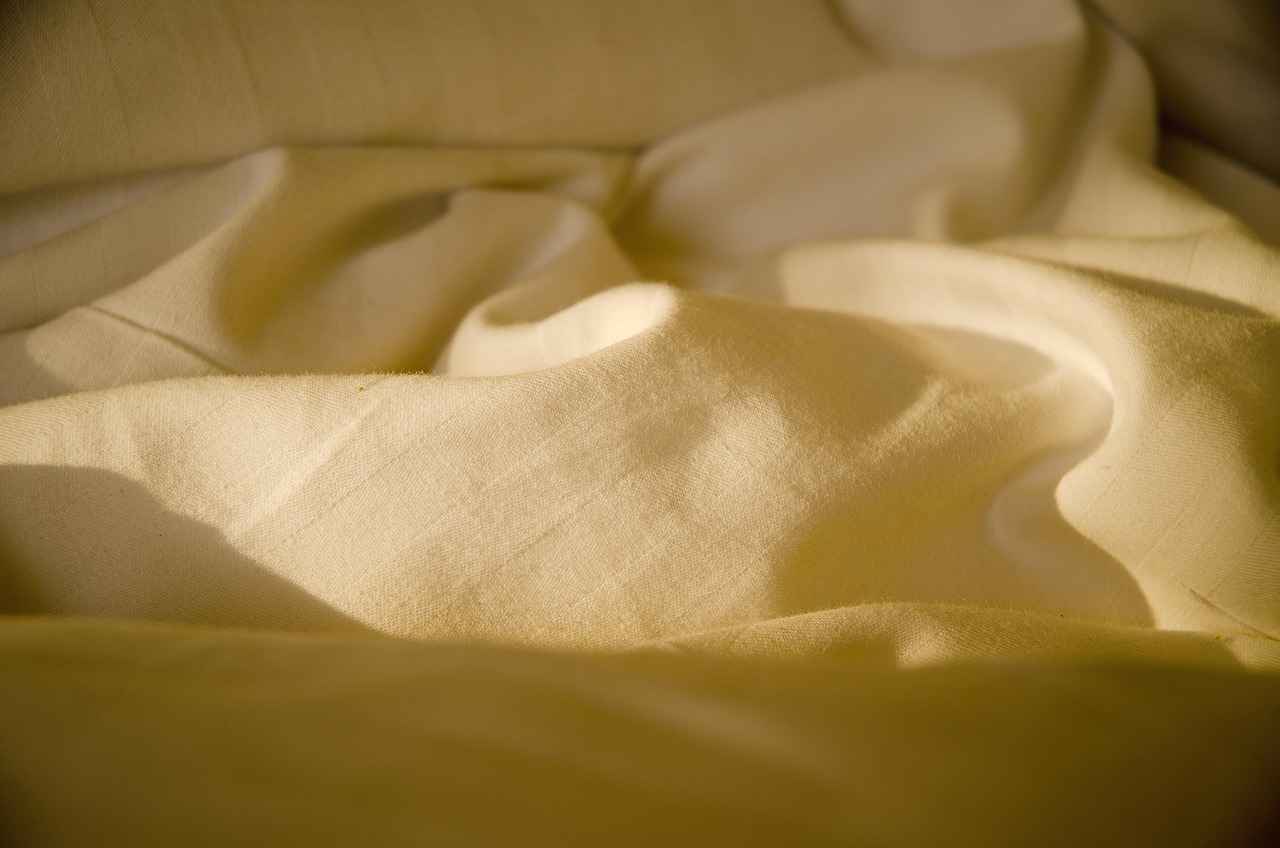
Choosing the Right Wood for Your Bed
When it comes to selecting the perfect wooden bed, the type of wood plays a crucial role in determining its overall durability, aesthetics, and cost. Understanding the characteristics of various wood types can greatly influence your decision-making process, ensuring that you choose a bed that not only meets your functional needs but also complements your bedroom’s design.
Among the most popular choices for bed construction are oak, pine, and walnut. Each of these woods has its own unique properties that can enhance the look and feel of your bedroom while providing different levels of durability and maintenance requirements.
- Oak: Renowned for its strength and durability, oak is a hardwood that can withstand the test of time. Its natural grain patterns add a touch of elegance, making it a favored choice for traditional and modern designs alike. Oak beds are often available in various finishes, from light to dark, allowing for versatility in matching your decor.
- Pine: A more affordable option, pine is a softwood that is lightweight and easy to work with. It offers a rustic charm and can be finished in a variety of ways to suit your personal style. However, it is less durable than hardwoods, making it more susceptible to scratches and dents. Pine beds are ideal for those seeking a budget-friendly solution without sacrificing style.
- Walnut: This luxurious hardwood is prized for its rich color and intricate grain patterns. Walnut beds are typically more expensive but offer exceptional durability and a timeless aesthetic. Their natural beauty can enhance any bedroom, making them a worthy investment for those looking for a statement piece.
When deciding between solid wood and engineered wood, it’s important to consider your priorities. Solid wood beds are known for their longevity and natural beauty, while engineered wood options can be more affordable and environmentally sustainable. Engineered wood is made from layers of wood products, providing stability and resistance to warping, but may lack the unique character of solid wood.
In addition to the type of wood, consider the finish and construction quality. A well-constructed bed with a high-quality finish will not only look better but will also stand up to daily use. Look for beds with sturdy joints and solid support systems to ensure long-lasting durability.
Ultimately, the right choice of wood for your bed will depend on your personal preferences, budget, and the overall style of your bedroom. By understanding the characteristics of different woods, you can make an informed decision that aligns with your needs and enhances your living space.
Solid Wood vs. Engineered Wood
When it comes to selecting the perfect bed for your bedroom, understanding the materials used in construction is crucial. Among the most common choices are solid wood and engineered wood. Each type has its unique characteristics, advantages, and disadvantages, making it essential for consumers to make an informed decision based on their needs and preferences.
Solid wood refers to lumber that is cut directly from trees, maintaining its natural structure and grain. This type of wood is renowned for its durability and timeless beauty. Solid wood beds can withstand years of use, often becoming more beautiful with age as they develop a unique patina. Common types of solid wood used in bed construction include oak, maple, and walnut, each offering distinctive aesthetics and strength.
- Durability: Solid wood beds are built to last, making them a wise long-term investment.
- Natural Beauty: The natural grain and texture of solid wood add warmth and character to any bedroom.
- Eco-Friendly: When sourced sustainably, solid wood is a renewable resource.
- Resale Value: High-quality solid wood furniture often retains its value over time.
Engineered wood, also known as composite wood, is made by binding together strands, particles, or fibers of wood with adhesives to create a product that mimics the appearance of solid wood. Common types include plywood and medium-density fiberboard (MDF). Engineered wood is often more affordable than solid wood, making it a popular choice among budget-conscious consumers.
- Affordability: Engineered wood beds are typically less expensive than their solid wood counterparts.
- Environmental Impact: The production of engineered wood can utilize less wood and may incorporate recycled materials, making it a more sustainable option.
- Stability: Engineered wood is less prone to warping and splitting compared to solid wood, especially in varying humidity levels.
- Variety: Engineered wood can be manufactured in various styles and finishes, providing a wide range of aesthetic options.
While both materials have their benefits, they also come with drawbacks. Solid wood can be more expensive and may require more maintenance to prevent damage from moisture and pests. On the other hand, engineered wood, while more affordable, may not have the same lifespan as solid wood and can be less appealing to those who prefer the authenticity of natural materials.
Ultimately, the choice between solid wood and engineered wood depends on your personal preferences, budget, and the specific needs of your space. If you value durability and natural aesthetics, solid wood may be the way to go. However, if you’re looking for a cost-effective and environmentally friendly option, engineered wood could be the perfect fit. By weighing the pros and cons of each material, you can make an informed decision that aligns with your lifestyle and design preferences.

Maintaining Your Wooden Bed
Proper maintenance is crucial to ensure that your wooden bed remains in excellent condition for years to come. With the right care, you can prevent damage, prolong its lifespan, and keep it looking as beautiful as the day you bought it. Regular cleaning and occasional polishing can help prevent wear and tear while enhancing its overall appearance.
Why Maintenance Matters
Wooden beds, while sturdy and durable, are still susceptible to issues such as scratches, stains, and fading. Environmental factors like humidity and temperature changes can also affect the wood’s integrity. By committing to a regular maintenance routine, you can significantly reduce the risk of these problems, ensuring that your investment remains intact.
Cleaning Tips for Wooden Beds
- Dust Regularly: Use a soft, lint-free cloth to dust your bed weekly. This helps remove dirt and prevents buildup that can lead to scratches.
- Use a Gentle Cleaner: For deeper cleaning, mix a few drops of mild dish soap with water. Dampen a cloth with this solution and wipe down the surfaces, then dry immediately with a clean cloth.
- Avoid Harsh Chemicals: Stay away from abrasive cleaners or those containing ammonia, which can damage the wood finish.
Polishing Techniques
Applying furniture polish periodically can protect the wood and enhance its natural luster. Here are some effective polishing techniques:
- Choose the Right Polish: Opt for a high-quality furniture polish that is suitable for your specific type of wood. This will help maintain its finish and provide a protective layer.
- Application Method: Use a soft cloth to apply the polish in a circular motion, ensuring even coverage. Allow it to dry as per the product instructions.
- Frequency: Polish your wooden bed every 3 to 6 months, depending on usage and environmental factors.
Preventative Measures
In addition to regular cleaning and polishing, there are several preventative measures you can take to protect your wooden bed:
- Use Coasters and Trivets: Always place coasters under drinks and trivets under hot items to prevent rings and heat damage.
- Avoid Direct Sunlight: Position your bed away from direct sunlight to minimize fading and warping.
- Control Humidity: Use a dehumidifier in humid conditions to prevent mold and mildew growth, which can damage the wood.
Addressing Damage
Even with the best maintenance, accidents can happen. Here’s how to address common issues:
- Scratches: For minor scratches, use a wood touch-up marker or crayon that matches your bed’s finish. For deeper scratches, consider sanding the area lightly and applying a matching stain.
- Stains: Blot spills immediately with a clean cloth. For tougher stains, a mixture of vinegar and olive oil can be effective. Apply it gently with a soft cloth.
By following these maintenance tips, you can ensure that your wooden bed remains a beautiful and functional centerpiece in your bedroom for years to come. Regular attention to cleaning, polishing, and preventative care will not only enhance its aesthetic appeal but also safeguard your investment against wear and tear.
Cleaning Tips for Wooden Beds
Maintaining the beauty and integrity of your wooden bed requires regular cleaning and care. Dust and dirt can accumulate on wooden surfaces, leading to dullness and potential damage over time. Here are some effective cleaning tips to help you keep your wooden bed looking its best.
- Use a Soft Cloth: Always start by using a soft, lint-free cloth for dusting. This prevents scratches and helps lift away dirt without harming the finish. Microfiber cloths are particularly effective as they trap dust particles.
- Mild Cleaning Solutions: For deeper cleaning, use a mild cleaning solution specifically designed for wood. Avoid harsh chemicals or abrasive cleaners, as they can strip the finish and damage the wood. A simple mixture of warm water and a few drops of liquid dish soap can work wonders.
- Spot Cleaning: If you notice any stains or spills, address them immediately. Blot the area with a damp cloth, then dry it thoroughly. For tougher stains, a mixture of vinegar and water can be used, but always test it on an inconspicuous area first.
- Regular Dusting: Establish a regular dusting routine. Aim to dust your bed at least once a week to prevent buildup. This not only keeps your bed looking clean but also contributes to a healthier sleeping environment.
- Polishing: Every few months, consider applying a wood polish to enhance the natural luster of your bed. Choose a polish that is suitable for the type of finish on your wood. This can help protect the surface and make it easier to clean in the future.
- Avoid Direct Sunlight: Position your bed away from direct sunlight to prevent the wood from fading. UV rays can alter the color of the wood and weaken its finish over time.
- Humidity Control: Wooden furniture can be sensitive to humidity changes. Use a dehumidifier in damp conditions to prevent warping. Conversely, in dry climates, consider using a humidifier to maintain moisture levels.
Additional Care Tips:
- Inspect Regularly: Regularly check for any signs of damage, such as scratches or loose joints. Early detection can prevent more significant issues down the line.
- Use Coasters and Mats: Protect the surface of your wooden bed from heat and moisture by using coasters or mats under drinks or decorative items. This simple step can prevent unsightly rings and marks.
- Professional Cleaning: If your bed requires a more thorough cleaning or restoration, consider hiring a professional. They have the expertise and tools to restore your wooden bed to its original beauty without causing damage.
By following these cleaning tips, you can maintain the elegance and durability of your wooden bed for years to come. Regular care not only enhances its appearance but also contributes to a healthier and more inviting bedroom environment.
Polishing Techniques
When it comes to maintaining the beauty and longevity of your wooden bed, play a crucial role. Regularly applying furniture polish not only protects the wood but also enhances its natural luster, ensuring that your bed remains a stunning centerpiece in your bedroom.
Choosing the right polish is essential for preserving the bed’s finish and preventing damage. There are various types of furniture polishes available, each designed for specific wood types and finishes. Some popular options include:
- Natural Oils: These are derived from plants and provide a nourishing effect on the wood. They penetrate deeply, enhancing the grain and providing a subtle sheen.
- Wax-Based Polishes: These offer a protective layer on the surface of the wood, giving it a rich, glossy finish. However, they may require more frequent application.
- Spray Polishes: These are easy to apply and often contain silicone, which can create a quick shine. However, they may not provide the same depth of protection as oil or wax.
Before applying any polish, it is crucial to prepare the surface properly. Start by cleaning the wooden bed to remove dust and debris. Use a soft, lint-free cloth and a mild cleaning solution suitable for wood. Avoid harsh chemicals that can strip the finish or damage the wood.
Once the surface is clean, follow these steps for effective polishing:
- Test the Polish: Always perform a patch test on a small, inconspicuous area to ensure compatibility with your wood finish.
- Apply the Polish: Using a clean cloth, apply a small amount of polish to the wood in a circular motion. This helps to evenly distribute the product and reach into the wood grain.
- Buff the Surface: After allowing the polish to sit for a few minutes, use a separate clean cloth to buff the surface. This step enhances the shine and removes any excess polish.
- Repeat as Necessary: Depending on the type of polish used and the condition of your wood, you may need to repeat this process every few months to maintain the bed’s appearance.
Additionally, it is important to note that environmental factors can impact the condition of your wooden bed. Humidity and temperature fluctuations can cause wood to expand and contract, leading to cracks or warping. To mitigate these issues, consider using a dehumidifier in the bedroom and keeping the room at a stable temperature.
In conclusion, adopting the right polishing techniques is vital for maintaining the beauty and integrity of your wooden bed. By selecting the appropriate polish, preparing the surface correctly, and following a regular maintenance routine, you can ensure that your wooden bed continues to shine and serve as a beautiful focal point in your bedroom for years to come.
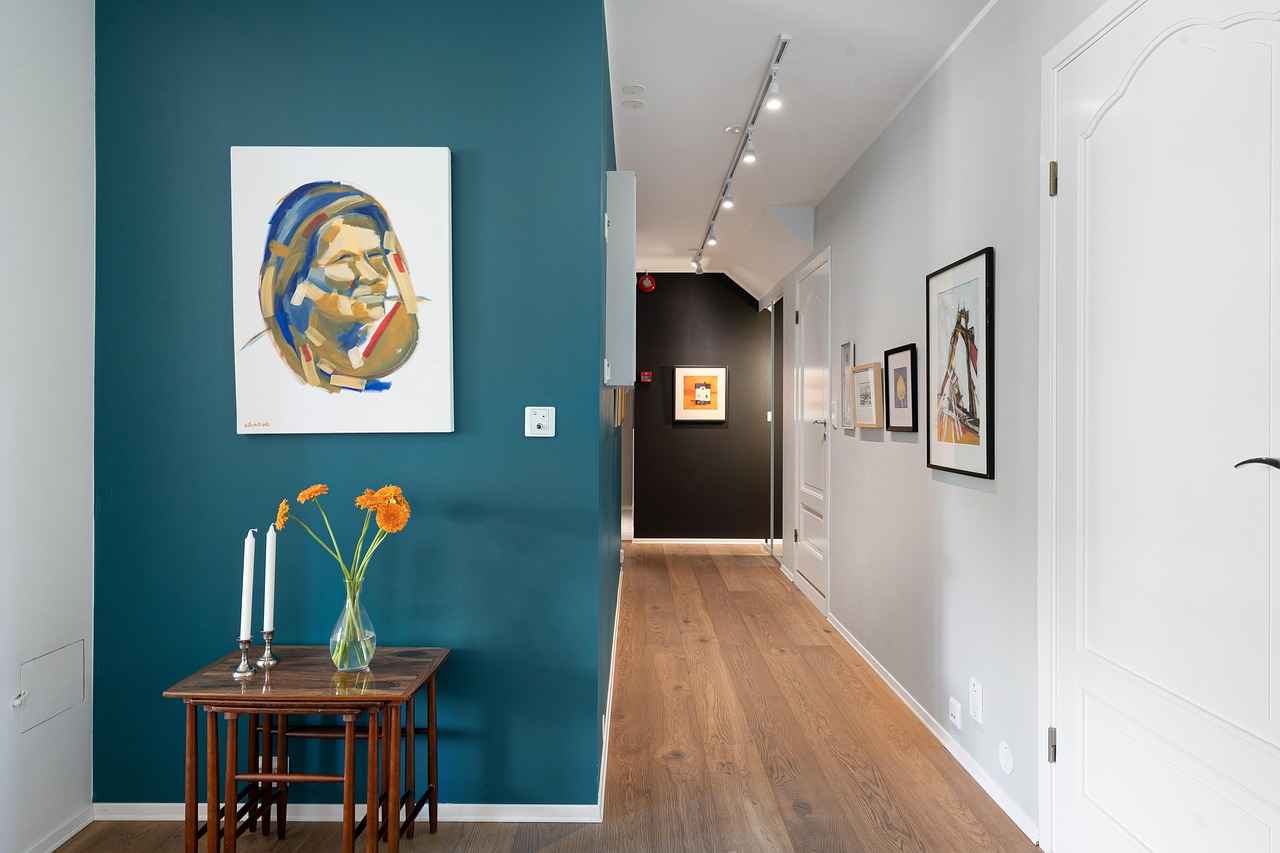
Custom Wooden Bed Designs
Custom wooden bed designs represent a perfect blend of functionality and personalization. Homeowners increasingly seek to create unique sleeping spaces that reflect their individual style and meet their specific needs. By working closely with a skilled carpenter, you can transform your bedroom into a sanctuary tailored just for you.
One of the primary advantages of custom designs is the ability to dictate every aspect of your bed. From the choice of wood to the style of the frame, every detail can be customized. This means you can select materials that not only match your aesthetic but also fit your budget. For example, hardwoods like oak and walnut are known for their durability and beauty, while softer woods like pine can offer a more rustic charm at a lower cost.
Moreover, collaborating with a carpenter allows for the integration of functional features that standard beds often lack. For instance, you might consider incorporating built-in storage solutions such as drawers or shelves. This is especially beneficial for those living in smaller spaces where maximizing storage is essential. A carpenter can design a bed that includes under-bed storage or a headboard with shelves, ensuring that your bedroom remains organized and clutter-free.
Another significant benefit of custom wooden bed designs is the ability to choose dimensions that suit your space. Whether you need a king size bed for ultimate comfort or a twin for a guest room, a carpenter can create a piece that fits perfectly in your designated area. This level of customization is not just about aesthetics; it is about creating a functional sleeping environment that promotes better sleep and overall well-being.
Additionally, custom beds can incorporate unique design elements that reflect your personality. For instance, you might want a canopy style for a touch of elegance, or a minimalist platform design for a modern look. The options are virtually limitless, and a skilled carpenter can help you brainstorm ideas that align with your vision.
When embarking on a custom bed project, it’s important to communicate your ideas clearly. Providing sketches or images of designs you admire can help the carpenter understand your preferences. Discussing materials, colors, and finishes is also crucial to ensure the final product matches your expectations.
For those who are inclined towards DIY projects, creating a custom wooden bed can be an exciting challenge. With the right tools and materials, you can build a bed that not only serves its purpose but also showcases your craftsmanship. Online resources and tutorials can guide you through the process, making it accessible for even novice builders.
In conclusion, custom wooden bed designs offer a unique opportunity for homeowners to create personalized, functional, and stylish sleeping spaces. By collaborating with a skilled carpenter, you can ensure that your bed is not only a centerpiece of your bedroom but also a reflection of your personal style and needs. Whether you choose to go the custom route or take on a DIY project, the result will be a bed that enhances your bedroom’s aesthetic while providing the comfort and functionality you desire.
Working with a Carpenter
When it comes to creating a unique wooden bed that fits your personal style and functional needs, collaborating with a skilled carpenter is essential. A professional carpenter not only brings technical expertise but also helps transform your vision into a tangible reality. This collaboration ensures that your bed design aligns with your aesthetic preferences while also meeting practical requirements.
One of the primary benefits of working with a carpenter is the ability to customize your bed design. You can choose from various styles, materials, and finishes, allowing for a truly personalized piece that complements your bedroom decor. Whether you envision a sleek modern platform bed or a classic canopy design, a carpenter can tailor the construction to fit your specifications.
Moreover, a professional carpenter understands the importance of functional design. They can incorporate storage solutions, such as under-bed drawers or headboard compartments, seamlessly into your wooden bed. This not only maximizes space but also keeps your bedroom organized and clutter-free. For instance, if you have limited space in your bedroom, a carpenter can design a bed with built-in storage that is both practical and stylish.
Safety is another critical aspect that a professional carpenter prioritizes. They are well-versed in building codes and safety standards, ensuring that your bed is not only beautiful but also safe for everyday use. This knowledge is particularly important when designing beds for children or those with specific needs.
Additionally, the choice of materials plays a significant role in the overall success of your project. A skilled carpenter can guide you in selecting the right type of wood, taking into consideration factors such as durability, aesthetics, and budget. Popular choices like oak, pine, and walnut each offer unique characteristics and can significantly impact the final look and feel of your bed.
Another advantage of working with a carpenter is the opportunity to create a sustainable piece of furniture. Many carpenters prioritize eco-friendly practices, using responsibly sourced materials and minimizing waste during the construction process. This not only benefits the environment but also adds value to your investment.
Throughout the design and construction process, communication is key. A good carpenter will listen to your ideas, provide feedback, and make suggestions based on their expertise. This collaborative approach ensures that the final product meets your expectations and fulfills your vision.
In summary, working with a professional carpenter to design your wooden bed can lead to a truly unique and functional piece of furniture. From customizing the design to ensuring safety and sustainability, a skilled carpenter can help bring your vision to life while providing valuable insights throughout the process. Whether you are looking for a simple design or a more elaborate structure, the expertise of a carpenter can make all the difference in creating a bed that enhances your bedroom’s aesthetic and functionality.
DIY Wooden Bed Projects
For the crafty homeowner, can be an incredibly rewarding venture. Not only do they provide a chance to express personal style, but they also allow for the creation of functional pieces that enhance your living space. With the right tools, materials, and a bit of creativity, you can design a beautiful wooden bed that meets your specific needs.
Before diving into your project, consider the following aspects:
- Design Inspiration: Explore various styles, from rustic farmhouse beds to modern minimalist designs. Websites like Pinterest and home improvement blogs can provide a wealth of ideas.
- Materials: Choose high-quality wood that suits your design and budget. Popular options include pine for its affordability and oak for its durability.
- Tools Required: Ensure you have the necessary tools such as a saw, drill, sander, and screws. Having the right tools will streamline your project and enhance the quality of your work.
When planning your DIY wooden bed, consider incorporating storage solutions. Beds with built-in drawers or shelves can help maximize space, especially in smaller bedrooms. For example:
| Storage Type | Description |
|---|---|
| Under-Bed Drawers | Utilize the space beneath the bed for storing seasonal clothing, shoes, or linens. |
| Headboard Shelves | Incorporate shelves into the headboard for books, decorative items, or bedside essentials. |
Once you have your design and materials ready, follow these steps to build your DIY wooden bed:
1. Measure your mattress size to determine the dimensions of your bed frame.2. Cut the wood to size, ensuring clean edges for a polished look.3. Assemble the frame using screws and wood glue for added stability.4. Sand the surfaces to remove splinters and create a smooth finish.5. Finish with paint or stain to enhance the wood's natural beauty.
Remember, safety is paramount. Always wear protective gear and work in a well-ventilated area. If you’re unsure about any step, don’t hesitate to consult online tutorials or woodworking forums for guidance.
In addition to the aesthetic appeal, creating a DIY wooden bed allows you to customize it to your liking. You can choose the height, style, and even the type of finish that reflects your taste. Furthermore, this project can be a great bonding experience if you involve family or friends, making it not just a task but a memorable activity.
In conclusion, embarking on a DIY wooden bed project offers a unique opportunity to create a functional and stylish piece for your home. With careful planning, the right materials, and a bit of patience, you can construct a bed that not only meets your needs but also showcases your creativity and craftsmanship.
Frequently Asked Questions
- What are the benefits of choosing a wooden bed?
Wooden beds offer durability and a timeless appeal. They can complement various interior styles, providing a sturdy foundation for a good night’s sleep while adding warmth to your bedroom.
- How do I incorporate storage into my wooden bed?
Storage can be integrated into wooden beds through features like under-bed drawers for linens and seasonal clothing, or headboards with built-in shelves for books and decorative items, keeping your space organized and stylish.
- What types of wood are best for bed construction?
Popular choices include oak, pine, and walnut. Each type of wood offers unique characteristics and finishes, affecting both aesthetics and durability.
- How can I maintain my wooden bed?
Regular cleaning with a soft cloth and mild solution, along with periodic polishing, helps preserve the wood’s finish and prevents wear and tear, ensuring your bed looks great for years.
- Can I customize my wooden bed design?
Absolutely! Working with a skilled carpenter allows you to create a bed tailored to your specific needs and style, or you can even take on a DIY project to make something truly unique.
